|
|
|
|
|
|
|
|
Photo Gallery for Scincella lateralis - Little Brown Skink
| 13 photos are shown. |
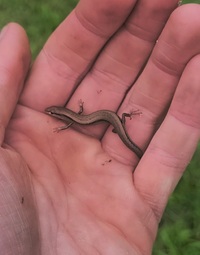 | Recorded by: Andrew W. Jones
Polk Co.
Comment: |  | Recorded by: Erich Hofmann and Kayla Weinfurther
New Hanover Co.
Comment: |
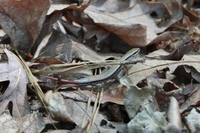 | Recorded by: Travis McLain
Montgomery Co.
Comment: |  | Recorded by: Tom Howe
Swain Co.
Comment: |
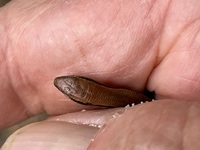 | Recorded by: Tom Howe
Swain Co.
Comment: | 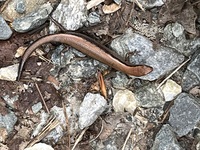 | Recorded by: Tom Howe
Swain Co.
Comment: |
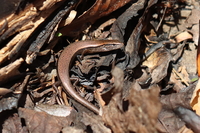 | Recorded by: Travis McLain
Stanly Co.
Comment: | 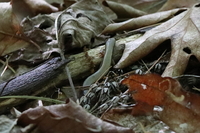 | Recorded by: Travis McLain
Burke Co.
Comment: |
 | Recorded by: Travis McLain
Rowan Co.
Comment: |  | Recorded by: Travis McLain
Cabarrus Co.
Comment: |
 | Recorded by: A. Early
Stanly Co.
Comment: MOMO - Obs. in Family Campground |  | Recorded by: Z. Lunn, J. Baxley
Scotland Co.
Comment: |
 | Recorded by: Mark Shields
Onslow Co.
Comment: |

 »
» 



 »
» 

